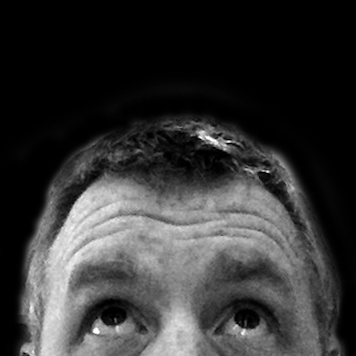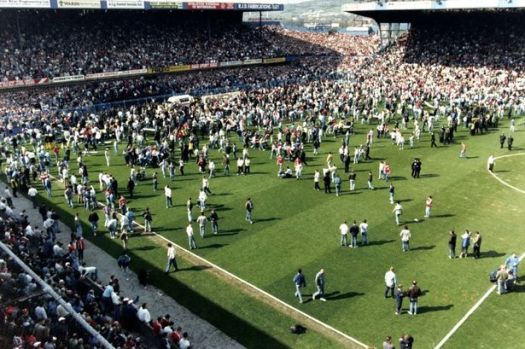Exploring the x,y,z of storytelling...
Warning: Thinking in process here. Sense may come later!
I spent some time last week talking to students about mapping. Practically we were looking at Google maps and storymap.js. But I spent a bit of time reinforcing how location is increasingly valuable in storytelling – especially as thinking about where as well as how people interact with your stories is becoming vital in a mobile/geolocated world.
Locating ourselves is easily done with a reference. Look at a map (or an image for that matter) and you can describe a point using lat and long or** x and y.** That’s the heart of mapping stories and often the biggest part of getting a story located. Just look at the number of questions/solutions to converting postcodes to lat/long etc.
But, living in the real world,is it enough to simply scratch the surface?
If we think about an interactive map, whilst x and y give us the location to place the marker, the content we attach to that point, usually in a pop-up bubble, can be quite rich. But in the dynamic, content rich world of the web does that context equal depth? And, given the impact and engagement in images, is the benefit of location limited to a map?
Locating the user
I got to thinking about this question in more detail when we began to look at applications like Thinkglink and the Gigapixel option in Storymap.js. These applications, just like a map, are location based but maybe we could think of them as a kind of hyper-geo-local.
Take this image of Hillsbourough:
It’s an image so we can ‘locate’ information on that image just as we could a map; the location of key witnesses; an entrance to a stand. We can also add some context to those points through interactive bubbles e.g a bio of that witness or who was in that ambulance on the edge of the pitch?

A simple x and y can place a user in a story just like a map
Adding depth
There is a limit to how much we can include on the surface of a map or image. So having orientated the reader in the scene, locating them in the story, the most common approach to leading them deeper into the story is to link back to more content. This expands the story across another axis; z or depth
In very basic terms I don’t think we are offering enough depth in a story online if we don’t link out. But its a common issue with interactive that they tend to be self contained. That’s changing but often this is not just about offering that depth just for context.
Anyone running a news site is well aware of the compulsion to pull people to their site and keep them there. Page views, time on site and internal referrals are all parts of the crossover between content and the business model. So in the commercial work and editorial world, depth is an essential dimension to cover.
That idea of archive, or the growth of content around a running story is one that many media orgs have embraced at a very practical level. Topic pages on websites, tagging and related links all show that a story is not a finite thing and there’s value in tracking it’s development. That adds another dimension to our storytelling ; t for time.
We are probably more used to thinking about time in the context of time lines. The image above, for example, might be more obviously presented as:
I like timelines. They work really well when a story has a number of when elements. By thinking about the whole range of dimensions we can play with in storytelling perhaps we can find more interesting ways to place someone physically and metaphorically into a story.
Elements or dimensions
I’ll often say to students that thinking about the what, where and when of story will illuminate opportunities for new forms of storytelling; i.e. lots of locations in a story, maybe a map would better help people understand. But maybe thinking about exploring other dimensions of stories is a more flexible way to think about the process.
In my mind (and after reading this you might wonder about the state of it!) asking how we locate people is a good starting point. If it is by time, a timeline is good, but if the timeline contains an image why not look at the locations and build out depth from there. Is that contextually stronger?
I realize that there are quite a few conceptual leaps here (or maybe not) but I wonder if thinking about the x, y, z and t is a useful way to go. What do you think?




